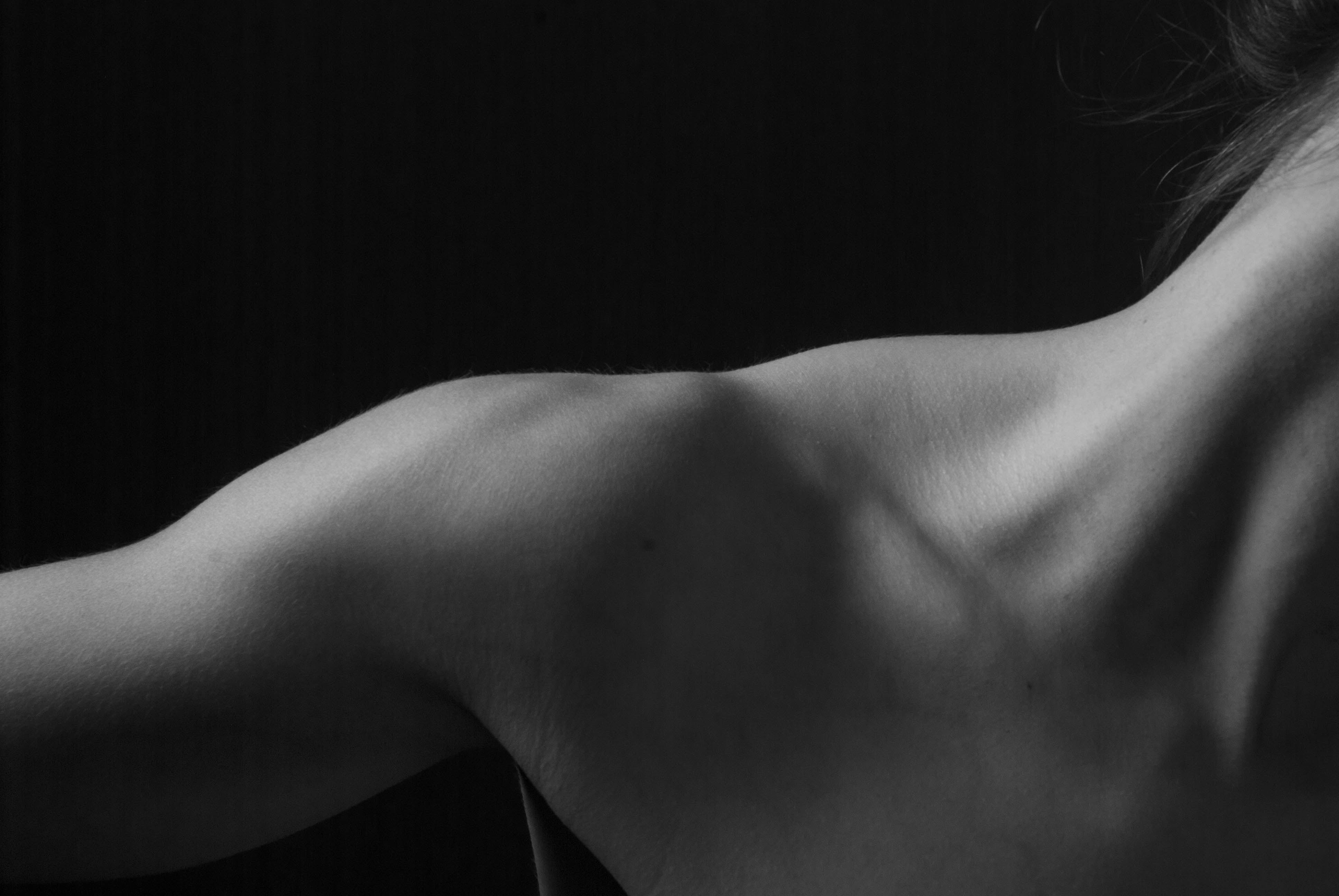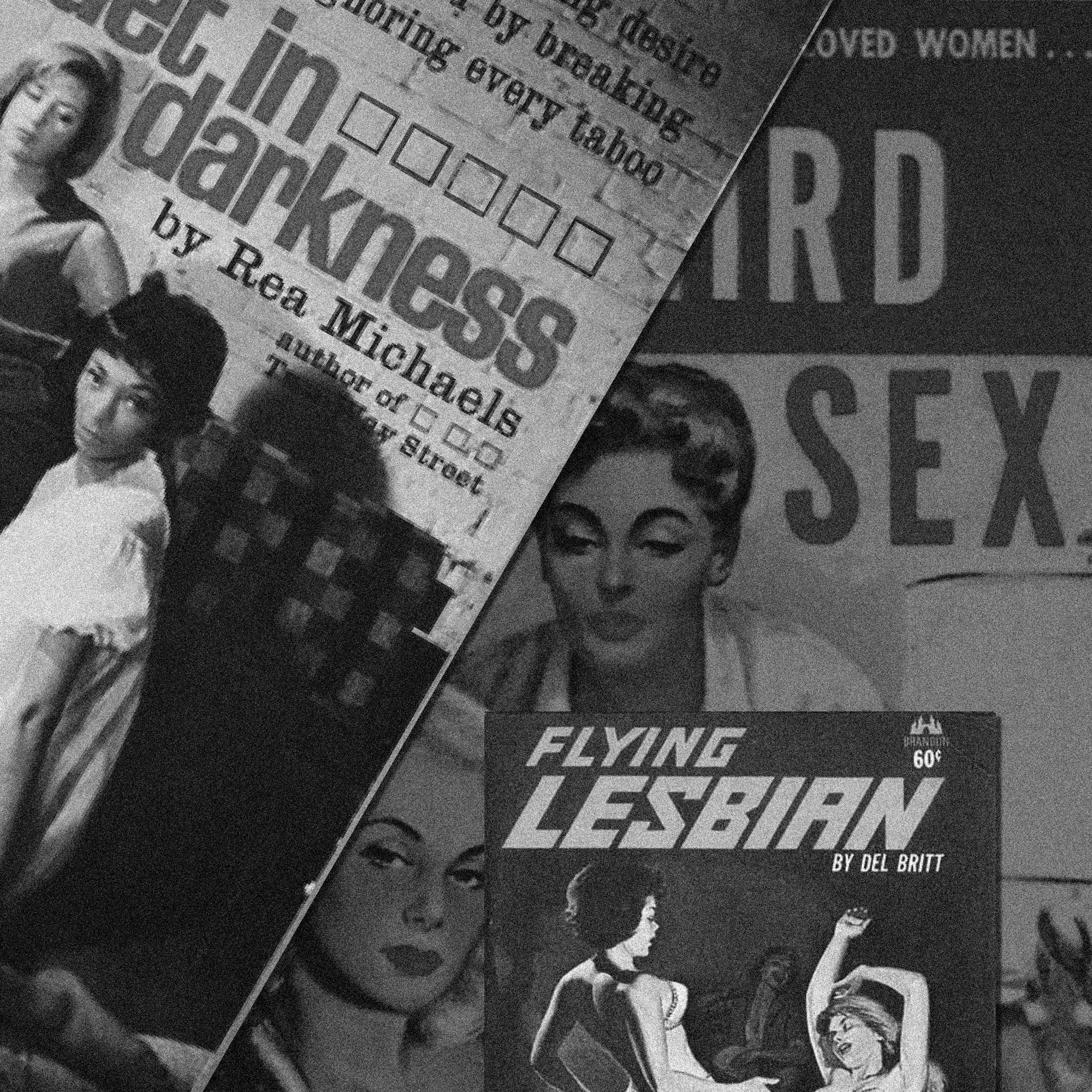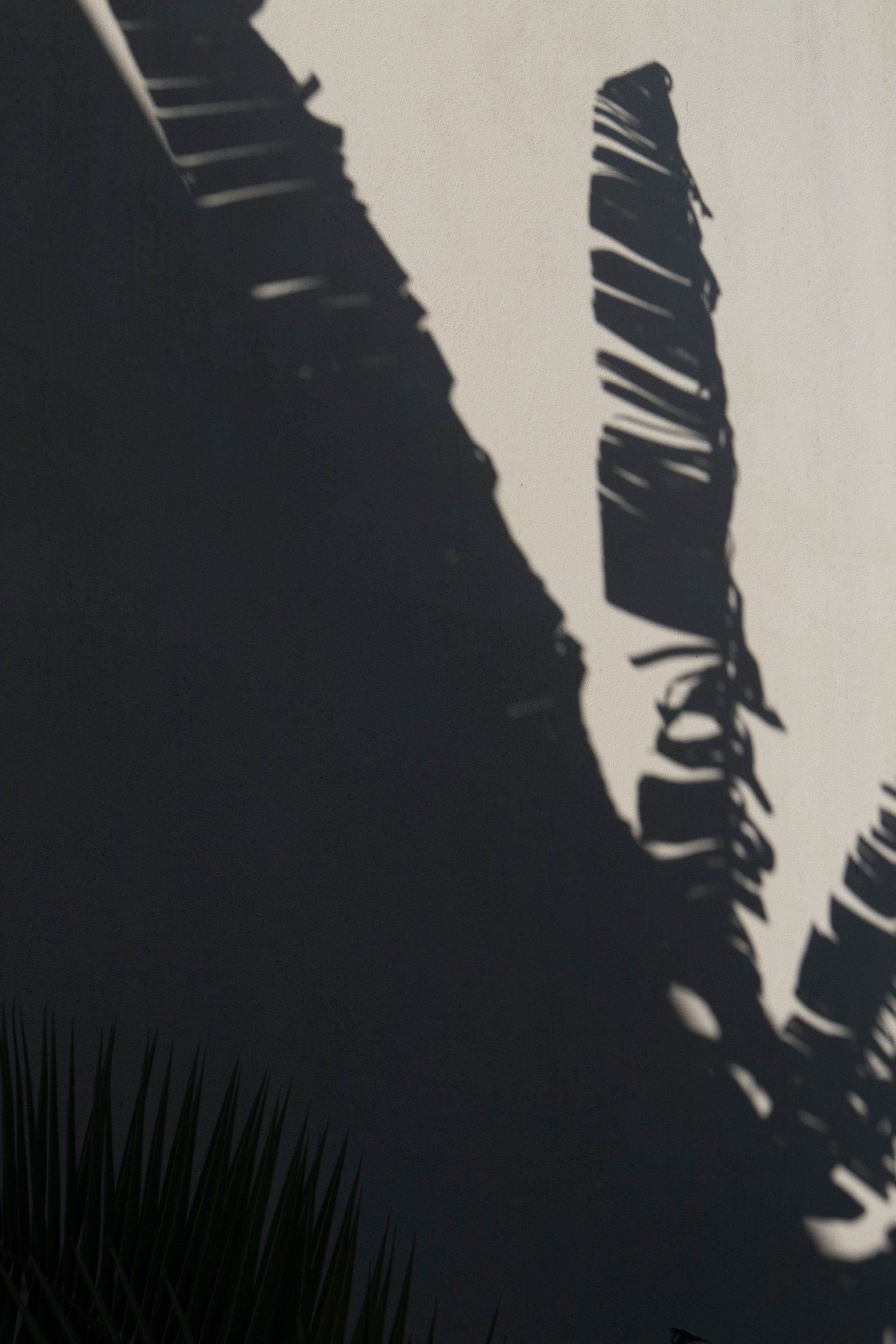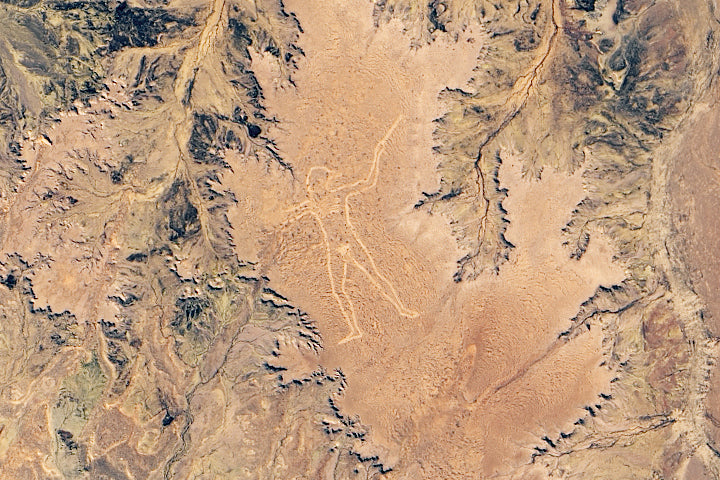a history of queer printed erotica.

Mags and their digital descendants.
Apparently there’s nothing inherently sexual about the naked body. This truth – proclaimed by feminists and academics alike – is, sometimes, a hard pill to swallow. Because let’s face it: we love nudes. As evidenced by the ongoing popularity of porno mags, the naked body is something of a permanent novelty in American culture.
However, much like queer publishing writ large – of which erotica is only a small sector, mind you – pornography has long been a source of controversy, vulnerable to censorship and plagued by obscenity laws. Beginning in the 1940s, the earliest homophile periodicals and newsletters had to contend with censorship from both the US government and the USPS. Issues were mailed in discreet, plain paper packaging, and queer writers were routinely surveilled by the FBI. Meanwhile, getting caught in possession of an issue could result in serious legal trouble. Put simply: queer journalism was dangerous work.
The first real opportunity for an out-in-the-open, no-holds-barred gay nudie mag came in the 1950s and 60s, when a series of landmark Supreme Court rulings dictated that homosexuality was not inherently obscene. That’s not to say that things changed overnight – or that harassment was significantly curtailed – but it did pave the way for a dramatic shift in queer visibility. ONE Magazine, for example, famously won one of these fights at the Supreme Court after being censored by the post office in 1954. (The charge: it was “obscene, lascivious and filthy," according to the Los Angeles Postmaster Otto Olesen.) A few years later, dozens of magazines and journals were popping up all over the country. By the 1970s, the heyday of queer publishing – and with it, queer porn – was well underway.
Physique was the first magazine to put it all out there, so to speak. Established in 1951, it was a pioneer in the space because each issue was produced by and for gay men. On the other side of the gender divide, On Our Backs – a cheeky, sarcastic nod to the feminist periodical off our backs – famously brought erotica to the lesbian community from 1984–2006. In between these two bookends, which roughly mark the beginning of printed porn and its decline, with the rise of the internet in the early 2000s, the nudie mag ruled newstands. In some ways, it still does.
While printed porn may have been eclipsed by the internet, its rise marks a pivotal moment in the history of the fight for LGBTQ+ rights. Because here’s the thing: queer nudie mags are about desire, sure, but they’re also about the politics of visibility. They demanded recognition at a time when mainstream culture preferred to pretend queer people didn’t exist. And they helped catalyze queer identity formation to such an extent that folks subsequently organized to fight, as a community, for liberation. Their demands – bold, visionary, and quite literally naked – laid the groundwork for the foundation of queer culture as we know it today.



